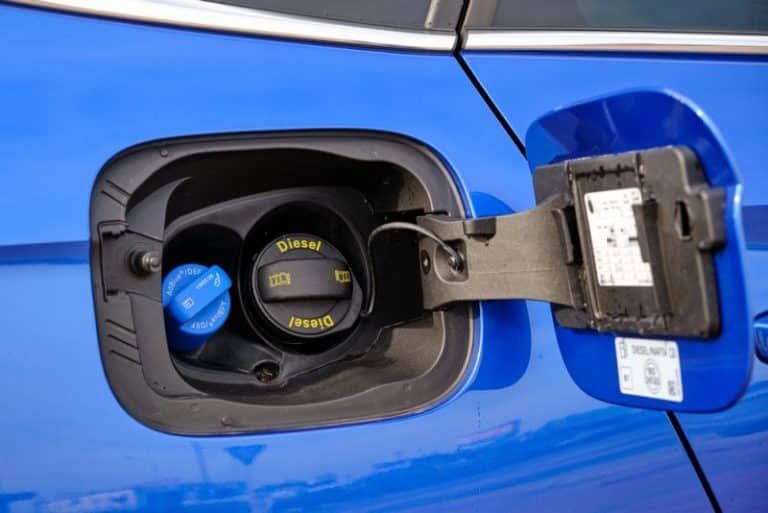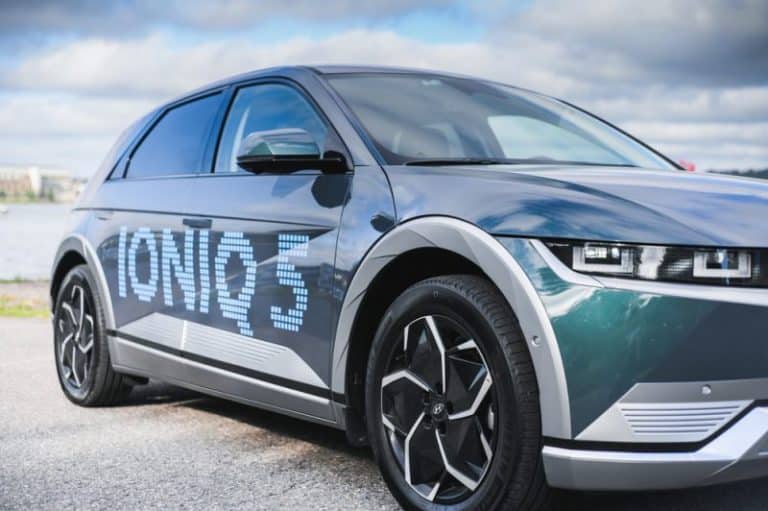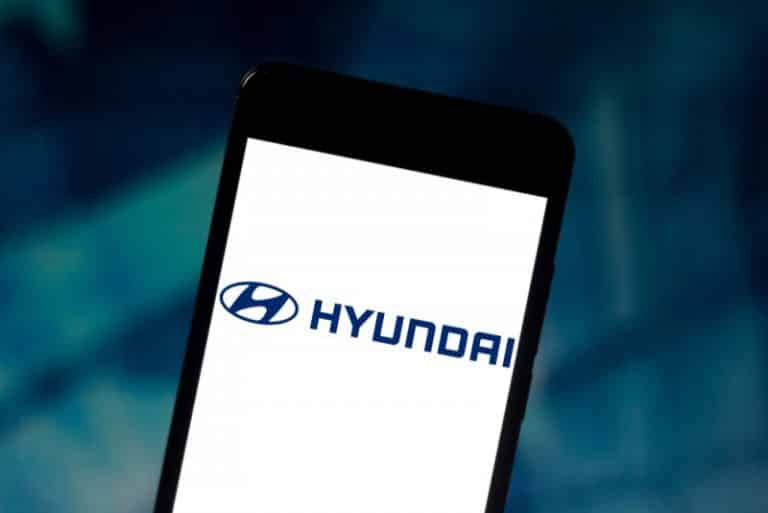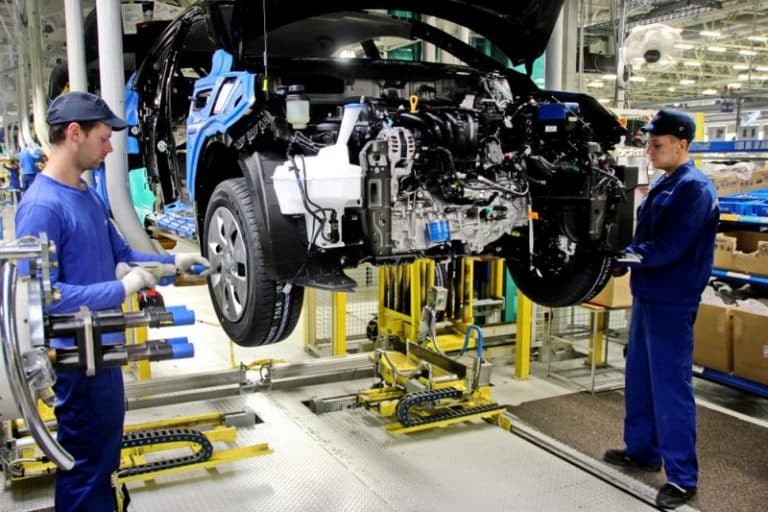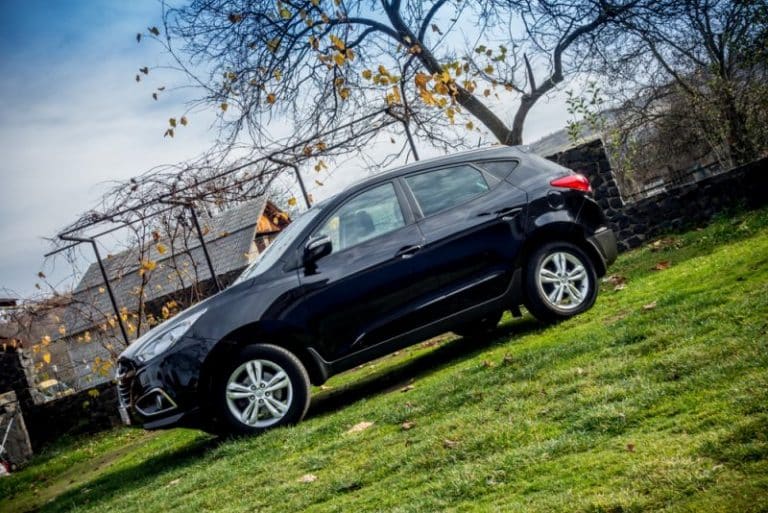Does Hyundai Ioniq Have Adaptive Cruise Control? (Let’s See)
Often, people are involved in accidents that result in the loss of lives due to overspeeding. Some people drive as though they were chased by death and died.
Adaptive cruise control is initiative automakers have brought for the convenience and safety of their customers.
The Hyundai Ioniq has the Adaptive Cruise Control(ACC) feature. The feature automatically adjusts the speed of a vehicle and prevents collision. This feature reduces the rate of road accidents that lead to casualties.
What Is Adaptive Cruise Control?
The Adaptive Cruise Control is an advanced driver-assistance system that automatically adjusts or regulates the speed of a moving vehicle to prevent it from colliding with the vehicles ahead.
This feature is no doubt a major contribution of technology to the future.
The Adaptive Cruise Control is similar to the Blind-Spot Collision-Avoidance Assist, and their difference is in the mechanism.
The Blind-Spot Collision Avoidance assist does not adjust the speed of a vehicle automatically; it only signals a vehicle driver to do so.
How Does The Adaptive Cruise Control Work?
The Adaptive Cruise Control works basically on sensor information.
Adaptive cruise control can use diverse devices, be it a radar or laser sensor that automatically brakes the vehicle upon detection when your vehicle is another approaching vehicle.
This system can also use a camera set up to detect the approaching vehicles even in the driver’s blind spot.
After stopping a vehicle from colliding, the cruise control system releases and accelerates it when traffic permits.
This kind of technology is no doubt a future investment, and it is, in no small measure, a great feature for automobile manufacturers.
However, the ACC does not have the full autonomy of your vehicle but provides help to the driver to maintain a safe speed.
The ACC can be classified into the following:
- Full-Speed Range: These vehicles can come to a halt, bringing it to a Full halt – no speed adjustment, but a full stop. They, however, have to be re-activated to continue moving.
- Traffic Jam Assist / Stop & Go
- Partial cruise control
- Fully Automated Speed Control
Adaptive Cruise Control(ACC) Pros And Cons
Almost every tech feature has a mechanical or economic backdrop, even though they’re available for convenience and safety.
The Adaptive Cruise Control system is not an exception because they also have challenges despite the comfort they offer.
ACC Cons
Let’s begin with the ugly:
#1. Not Too Good For Weak Drivers
Weak in this context isn’t an offensive word but the description of tired drivers. Many drivers quickly get tired behind the wheel; only a little work sets them on a better page.
The Adaptive Cruise Control makes such drivers too comfortable, so they might even sleep off forgetting that they were driving.
The Adaptive Cruise Control relieves the driver of the stress faced while driving, and to this end, it is easier for tired drivers to fall asleep behind the steering wheel.
Therefore, the ACC isn’t good for tired or weak drivers.
#2. Bad For Off-Road Situations
The ACC isn’t good for off-road situations. Suppose you were going on a slippery way off the tarred road and saw a light pit.
You wouldn’t be able to dodge because the Adaptive Cruise Control makes the tires lose traction.
Unless you disengage the cruise control system, it is very difficult to slow down and avoid it.
#3. Paves the way for Distraction
The Adaptive Cruise Control makes drivers easily distracted since they have little to do in the vehicle.
Some revert to their cell phones or look outside for a long time even though they should have their hands fixed on the steering.
The ACC offers total comfort, and it’s therefore risky for drivers who might want to bask in the convenience of this feature.
ACC Pros
Interestingly, there are more genuine advantages to adding this feature on newer vehicles than otherwise, and this remains uncontested.
#1. Fuel Efficiency
The ACC feature tends to make a vehicle fuel-efficient, which is great news to drivers. A vehicle is fuel-efficient when it uses less fuel to run.
It consumes little fuel per distance and thus improves your fuel economy.
#2. Better Driving Comfort
When the feature is activated on the vehicle, it offers great comfort to the driver. The ACC saves you the burden of having to increase, decrease, or what have you?
The same way an automatic transmission vehicle engages gear, that is how the ACC behaves. However, it accelerates automatically and doesn’t engage any gear.
#3. Adjusts Overspeeding
The adjustment or reduction in the speed of your vehicle is the ACC’s trademark. It adjusts your car when it’s gone too near the vehicle in the front.
How To Use Cruise Control Hyundai Ioniq?

The Hyundai Ioniq Smart Cruise Control is the same as the Adaptive Cruise Control. Therefore, the same mechanism and workings.
The Hyundai Ioniq is a newer Hyundai vehicle with most Hyundai features for their cars.
The Hyundai Ioniq hybrid Cruise Control with the help of the radar sensors or camera setup that transmits onboard signals.
The cruise control system allows the driver to go over 30km/h without pushing the accelerator pedal.
It automatically engages the brakes whenever there’s a close collision syndrome.
It automatically accelerates your vehicle so you don’t get hit from behind on a congested road using an Electronic Stability Control.
#1. To Activate The Cruise Control
Turn it on; by pressing the Cruise Control button on the steering wheel and depressing the accelerator pedal to the desired speed, you can move to go higher than 30km/h
#2. To Set The Cruise Control Speed
Push down the lever on steering to a fixed position and release it. Take off your foot from the accelerator pedal as well.
After doing that, watch as the vehicle maintains that speed automatically. To increase or decrease the cruise control speed;
Push the lever from the position it stood before – push it down or up, and release immediately.
Understand that when you push your level, be sure to have relaxed your foot on the acceleration pedal to determine your speed.
It would be best to release the lever when you reach the desired speed.
Understand that the Hyundai cruise control system differs from the Adaptive Cruise Control system, but do not worry because they all perform the same function.
Both features have no autonomy; they are simply a helpmeet to the driver. The rear-wheel drive has a variety of loaded edge-leading tech features.
You look it up under the Hyundai interaction feature category, probably on your infotainment screen in your vehicle or on the Hyundai Channel online.
The interaction engagement feature is a simplified experience category observed on the channel.
One good thing about Hyundai is they will always offer you a flexible test drive, courtesy of the company.
It’s not like you’re taking home the car after all.
The Hyundai Ioniq is different from other models in terms of wheel drive systems. Unlike other Hyundai models, the Hyundai Ioniq is rear-wheel drive.
That is not to say that the rear-wheel-drive is preferable to the front-wheel drive, but it simply points out a significant difference in the wheel systems.
HDA Adaptive Cruise Control [Hyundai Ioniq 5]
Conclusion
The Hyundai Ioniq Hybrid has taken it upon itself to raise its head above other automobiles due to the massive exceptional features like the standard range battery, rear cross-traffic, and others, Chief among them is the Adaptive Cruise Control.
Undoubtedly, the ACC is one of the greatest Collision-Avoidance Assist. Its workability cannot be overemphasized.

